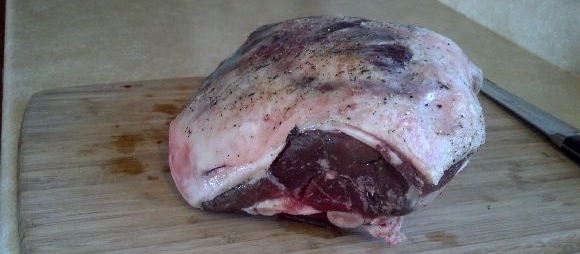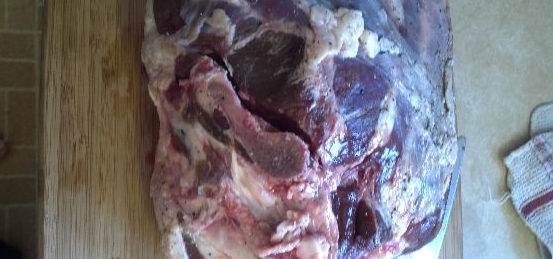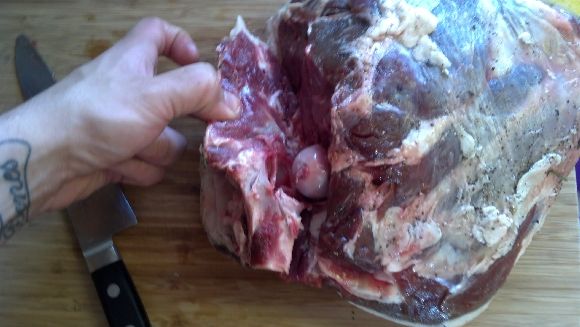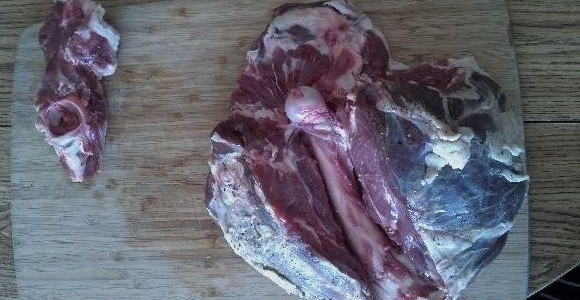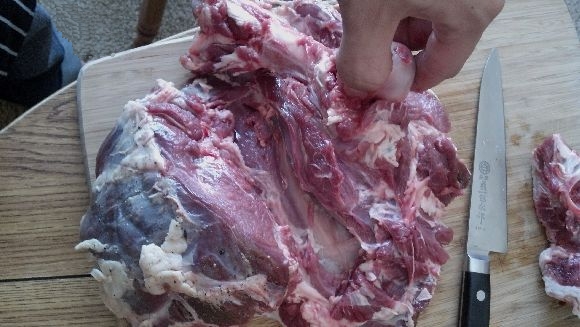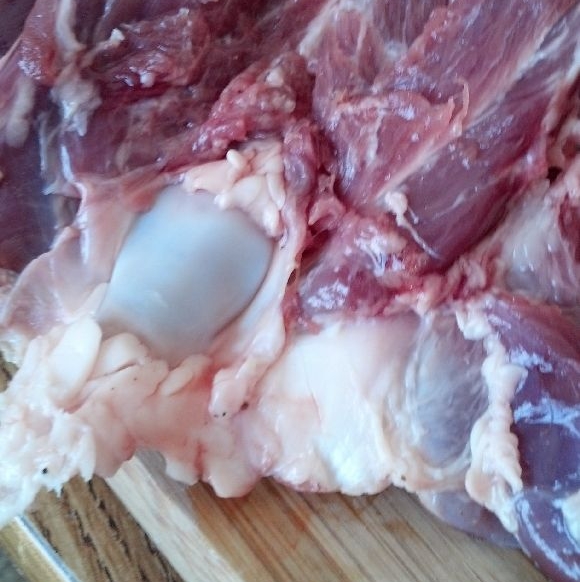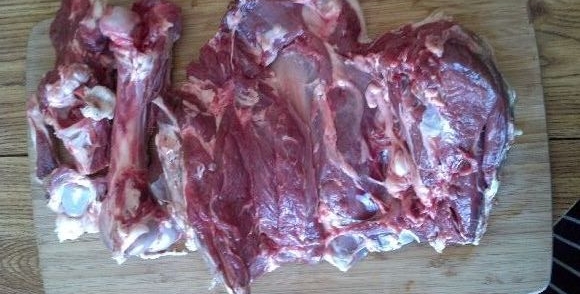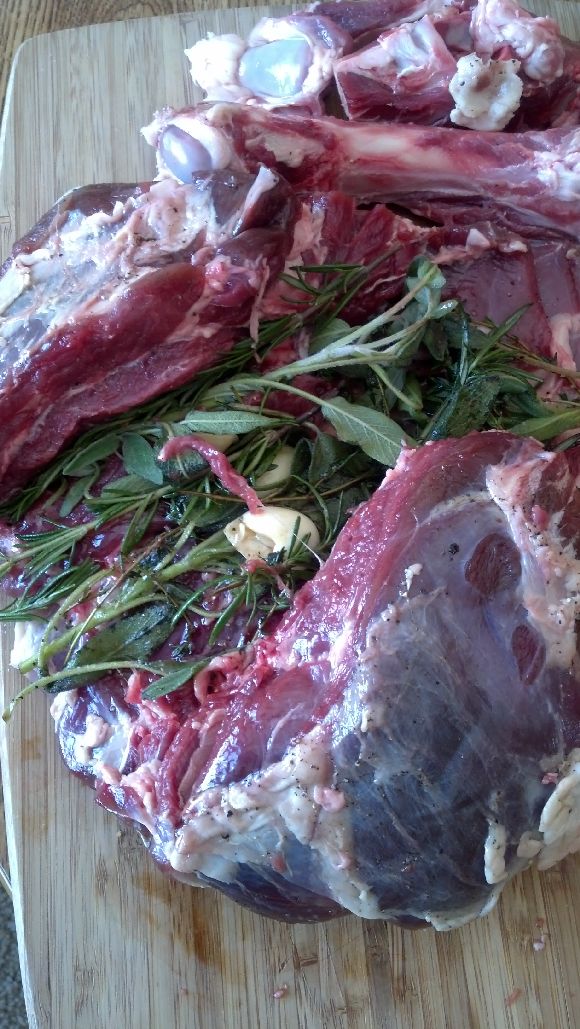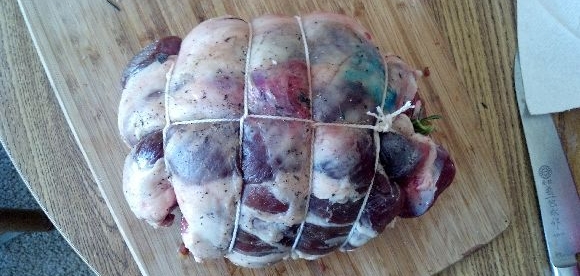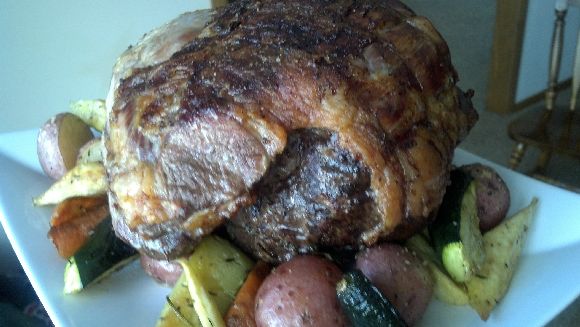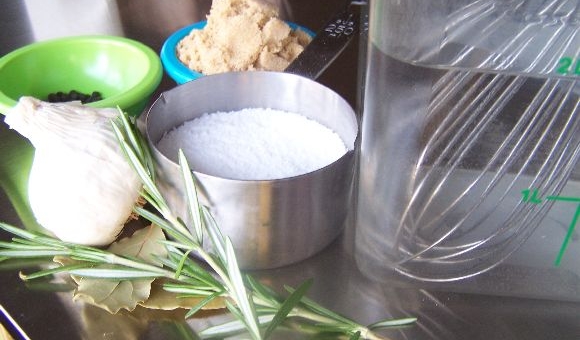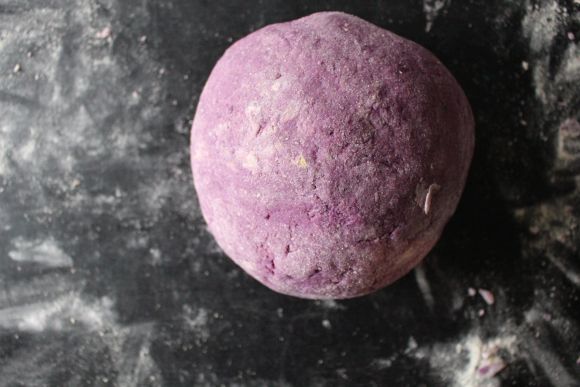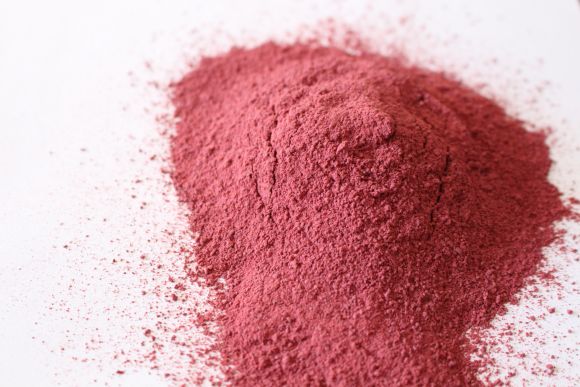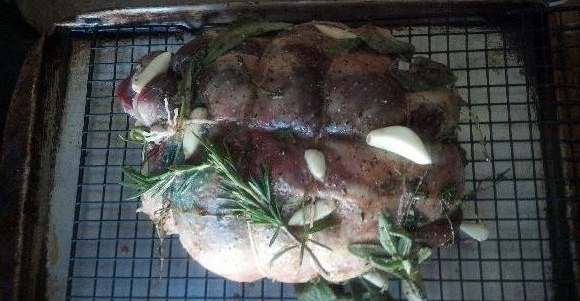
Fabrication 101: Boning a Lamb Leg
Fabrications of the beast, an absolute must for any line cook in a halfway decent kitchen… set yourself apart! Today, given the swing of seasons and the Rebirth of Spring, we are going to prep a Lamb Leg.
Lamb:
Defined by it’s infancy, a lamb is identified as any sheep under a year of age. The tender young flesh provides a sumptuous cut, delicate and perfect for a plate. Well balanced in flavor and texture early on in life, the animal tends to depreciate and evolve throughout the life cycle, becoming harsh and rather aggressive around the yearling and more so, into the mutton stages of life. Rosy in color, very lean, the lamb has a hanging carcass reminiscent of a greyhound offering petite primals; what the immature ewe lacks in quantity, She flourishes in refined Quality. The purity and virtue portrayed by the sheer imagery of the babe has been used for centuries as The Iconic Sacrifice… The most innocent and precious of offerings. To say that humanity has failed in showing a great appreciation for such a delicacy… would be a lie.
A “leg” up… on the competition!
When Prepping a Lamb leg for a Roast, You are going to be utilizing one of the hind legs. The front limbs are far too thin and have a completely different network of muscles which make up the a shoulder roast and shanks. In the hind leg the “rounds” (Inside round, Bottom Round, eye of the Round, and often the Sirloin tip) create a succulent web of muscles that offer different textures and tastes in accordance with how they were exercised in the living animal.
When boning a lamb leg, you lay the hunk of flesh with the exposed pelvis bone (also referred to as the “H- bone”) facing up. Take the edge of your blade and follow the pelvis bone as tight as possible, working it away for the joint that tethers it to the leg bone. There will be a joint that will need to be dismantled and is done so with ease using a sharp knife.
Next, Starting at the tip of the Leg bone you will trace the pattern of the femur with your knife exposing the thigh bone in it’s entirety.
Free the bone, and shin combination, using small cuts and paying mind to never damage the flesh surrounding the bones.
*Make sure to remove the Knee Cap, and any undesirable tissue, I.e. excess fat, blood vessels, and/or damaged flesh.
Once the knee cap is removed you are left with a boneless chunk of flesh… that looks rather unmanageable in its current state.
Easy as 1, 2, 3.
1. Season
I choose to marinate lamb over night in a simple blend of Herbs, Garlic, Salt & Pepper. I pack the roast full of herbs to ensure the flavors will be aparent all the way through the flesh. I never cook a roast that has sat for only four hours and I have been known to allow lamb to soak for up to twenty-four hours. The longer the better in my opinion.
2. Truss
You want to bind the flesh together in a similar shape to resemble the natural leg. A tight truss is important in assuring an even cooking time as well as the ability of the cut to retain moisture and heat instead of allowing the juices to run out and result in a dry end product. Again season the roast!
3. Roast

I roast the whole leg on a sheet pan armed with a roasting rack. 325°F for an hour and a half. Your house will become perfumed of Spring and the mouths will water.
Allow 10-15 of resting time after pulling the roast from the over before cutting into succulent flesh, Enjoy with Friends and Family!
